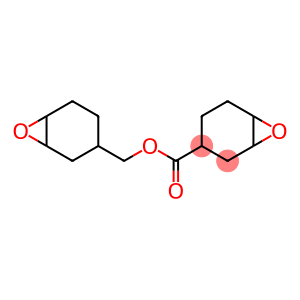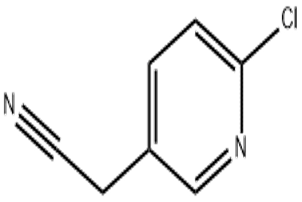Methylcyclohexane(CAS#108-87-2)
| Risk Codes | R11 – Highly Flammable R38 – Irritating to the skin R51/53 – Toxic to aquatic organisms, may cause long-term adverse effects in the aquatic environment. R65 – Harmful: May cause lung damage if swallowed R67 – Vapors may cause drowsiness and dizziness |
| Safety Description | S9 – Keep container in a well-ventilated place. S16 – Keep away from sources of ignition. S33 – Take precautionary measures against static discharges. S61 – Avoid release to the environment. Refer to special instructions / safety data sheets. S62 – If swallowed, do not induce vomitting; seek medical advice immediately and show this container or label. |
| UN IDs | UN 2296 3/PG 2 |
| WGK Germany | 2 |
| RTECS | GV6125000 |
| FLUKA BRAND F CODES | 3-10 |
| TSCA | Yes |
| HS Code | 2902 19 00 |
| Hazard Class | 3 |
| Packing Group | II |
| Toxicity | Acute oral LD50 for mice 2,250 mg/kg (quoted, RTECS, 1985). |
Methylcyclohexane(CAS#108-87-2)
Quality:
1. Methylcyclohexane is an organic compound.
2. It is a colorless liquid with an odor similar to cyclohexane.
Use:
1. Methylcyclohexane is often used as a solvent and has a wide range of applications in chemical experiments, industrial production and daily life.
2. It can dissolve many organic compounds, such as fat, gum, crude oil, etc.
3. Methylcyclohexane can also be used as an ingredient in coatings, detergents, sprays, etc.
Method:
There are two main methods for the preparation of methylcyclohexane: one is obtained by hydrogenation reaction in the presence of a catalyst, and the other is synthesized by environmentally friendly bioprocessing. Biosynthesis is the use of enzymes produced by microbial metabolism to catalyze the dehydrogenation of cyclohexane to convert cyclohexane into methylcyclohexane.
Safety Information:
1. Methylcyclohexane is flammable and may cause fire when exposed to fire sources.
2. Its vapor also has an anesthetic effect, and excessive inhalation may lead to central nervous system depression, dizziness, nausea, dizziness and other uncomfortable symptoms.
3. When using methylcyclohexane, attention should be paid to strengthening ventilation to avoid inhalation and contact with the skin.
4. If it accidentally comes into contact with the skin, it should be rinsed with plenty of water immediately and treated with medical attention.
5. Attention should be paid to preventing fire and avoiding exposure to sunlight during storage and transportation.




![2,2,6,6,7,8,8-heptamethyl-2H,3aH,4H,5H,6H,7H,8H,8bH-indeno[4,5-d][1,3]dioxole(CAS#823178-41-2)](https://www.xinchem.com/uploads/heptamethyl.jpg)



